EVM (Ethno Veterinary Medicine) is an alternative method of treating the cases with herbal treatment. i.e., using the available plant based materials and its products. Its earliest concepts were set out in portion of Vedas known as Atharvaveda.
Since time immemorial ethnomedicine has existed with human beings as kind of cultural art of health and practice that helps people to solve all health related problems. It is a Traditional, Indigenous, Native knowledge.
Why EVM is important because it’s a homemade facility kit available at emergency conditions, Useful for first aid treatment for all kinds of diseases, Mainly its cheap and readily available, moreover it acts as solution of no residue problem. As modern veterinary health care facilities are rare or very poor in remote areas and villages, so the traditional system of treatment is one of the most important prevailing and relevant in such areas.
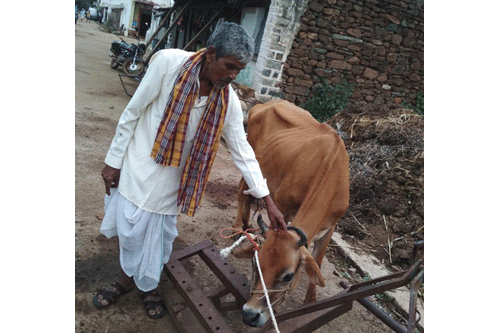
Ramzansaab Imamsab Lakhmeshwar
The person who uses these herbal methods and techniques to treat animals is called Traditional herbal healer. I want to share some information regarding one person whom I have interviewed related to ethno veterinary practices. His name is Ramzansaab Imamsab Lakhmeshwar, a 70 yrs old age person from village Soratur, taluk Shirahatti, district Gadag, state Karnataka. Who is a illiterate guy with poor background working as farmer. The most interesting part of his biodata is neither his father, grandfather nor his ancestors were in the practice of treating the animals with herbal methods. Unfortunately one Saint (Saadhu) who is anonymous taught him and trained him when he was 20yrs old boy. That saint shared the information of the plant specimens which are indistinctly available in the local region and their special uses for treating purpose. This is how our Ramazansaab cultivated the passion of caring and treating animals, He has specialisations mainly in Bovines, at very rare emergency conditions even he attends the case of Sheep & Goat. He is equipped with special techniques of dystocia and orthopaedic treatment and all kinds of medicinal diseases. He has an experience of 50yrs in treating the animals and till now to be surprised he has dealed with approximately 7000-8000 cases till now and still counting. He is a person of most well known herbal healer in that village, to describe his love and humble towards passion he had never charged a single rupee for his treatment procedures. If he faces a traveling procedure that amount will be given for him to fullfill his needs.
Till now in the village soratur the majority of people believe him so much, Even though it is a Allopathic era with most advanced features, he will be the 1st option and 1st man to get remembered to all livestock owners and farmers. When I enquired with the village people they clearly, faithfully and strongly mentioned that they don’t have a single issue or complaint regarding the failure of his treatment.
He faces the practical problem mainly in the season of summer due to non availability and scarcity of medicinal plants due to draught. Even seasonal availability of some specific plants.
As being so helpful knowledge it’s very hard to believe that it has created a generation gap in continuing such a valuable folklore knowledge. Usually it is transferred by word of mouth rather than writing. Failure of comprehensive analysis and documentation of indigenous knowledge of curing ailments in villages and remote areas. Lack of scientific validation is the major reason for non adoption of ethnoveterinary medicine by field veterinarians and trained main power.
Traditional herbal healer specially mentions that this herbal treatment methods are not effective in the exotic bovine breeds like HF(Holstein Friesian) and Jersey but his orthopaedic treatment is broadly accepted for both indigenous and exotic breeds. Here I want to list few of his treatment methods, medicine preparation procedures with the plant material, They are:-
- Bloat- Mix ½ tsp of red kumkuma powder with 250ml of cooking oil and drench it.
- Opacity/Cataract- Extract a juice from leaves of kuntgyan balli+Potash alum+Butter of indigenous cow+Faeces of indigenous poultry, mix all these and a make it in the form of paste and apply it to the internal part of eye.
- FMD(Foot&Mouth Disease) lesions- Grind the leaves of jimson weed (Dattura stramonium) and apply it for both foot and external mouth parts.
- Maggot infestation- Grind the leaves of plant Indian acalypha (Acalypha indica) and fill it in a place of wound.
- Fever(Nadukund)- Mix the leaves of heart leaf moon seed (Tinospora cardifolia)+2-3 onions, grind both make a small bolus by adding jaggery and give it for 3days.
- Dairrohea/Bloody dairrohea- Coconut water+ plant Mangyan balli mix both and allow it to drink or allow it to eat leaves of Mallow (Sida cardifolia)
- Mastitis- Sweet flag (Acorus calamus)+Gouin soppu+Basil seeds (Ocimum basilicum) grind them and apply it to the udder and provide heat fomentation, if inflammation persists then apply lemon juice and turmeric both by mixing.
- After pregnancy it will not allow you to touch the udder and for milking, Take 4-5 leaves of plant Asthisamharaka(Cissus quadrangularis) feed it and take some more grind them and apply it to udder, due to its irritating nature it will allow you to touch the udder and we can go for milking.
- Running nose(Sasangund)-Take plant Bengal quince (Aegle marmelos)+Heart leaf moon seed (Tinospora cardifolia)+Pepper+Ginger+Luvunga scandens+Coriander seeds mix all these with jaggery and give it in a bolus form.
- Prolapse- protruded organ should be placed well before with hygienic measures, after that mix sweet flag (Acorus calamus)+Binjali leaves grind them and apply after that give heat fomentation.
- Fracture- After adjusting the bones in the right manner wrap it with a cotton cloth by supporting with bamboo sticks, Take Harad hachhaga leaves+Pepper+Garlic mix them and make a dry powder and drench it in goat milk.
- Anestrous- Allow it to eat leaves of mint
- Loss of apetite- Feed the plant Tumbi kasa
- To control fever- Feed the plant Elabsandh
- Horn fractures- Dip the wet cloth in red soil and roll it in airtight manner to the area.
- Snake bite- Mix roots of plant Indian acalypha (Acalypha indica)+Pepper+Cereals {Sesame+Beanie+Red sorghum} grind them in lemon juice and apply it to the bitten area to avoid effect of venom and tie it with cloth/bandage.
- Dog bite- Grind the plant material Magali beru (Decalepis hamiltoni) and apply it to bitten area to avoid the effect of toxin.
- Internal parasite infestation- Take the plant Tottilu balli+Luvunga scandens+Pepper+Sesame seeds+Garlic+sweet flag grind them all mix with jaggery and feed it in bolus form.
- Nasal block- Take plant Nelagulila+tender Turmeric+Cows butter+pinch of Salt mix all these and make ointment form. Before applying the mucus which had blocked the nose should be removed by hot iron rod.
- Burnt- Take seeds of Golden shower tree (Cassia fistula) dry them and make a powder mix it with coconut oil and apply to the burnt area.
- Inflammation- take some leaves of Mayura (Achyranthes aspera)+sweet flag grind them and apply to the inflammed area and provide heat fomentation.
- Toothache- Feed leaves of Kuruchi (Holarrhena pubescens)
These are few tips and practices observed in the treatment of Ramzansaab, his experiences indicates that some of the practices are best and much are effective.
I have collected some pictures of medicinal plants, They are:
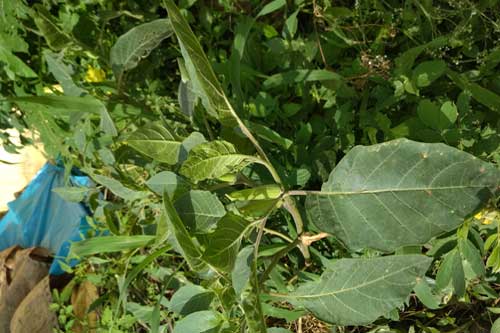
Kannada Name: Madagunaki eli
English Name: Jimson weed
Scientific Name: Datura stramonium
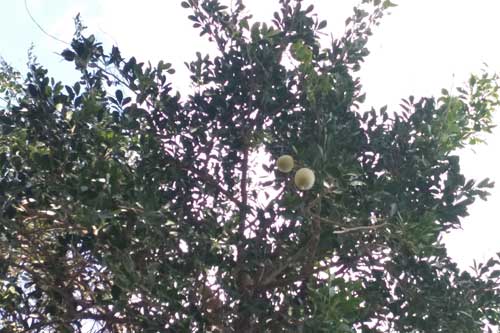
Kannada Name: Belavalakayi fruit
English Name: Fruit of Bael or bili or Bhel or Bengli quince
Scientific Name: Aegle

Kannada Name: Belavalakayi tapla
English Name: Leaves of Bael or bili or Bhel or Bengli quince
Scientific Name: Aegle marmelos
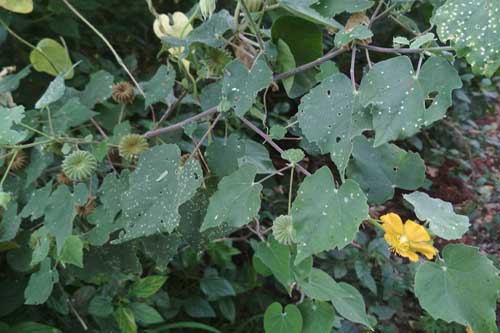
Kannada Name: Turubi soppu
English Name: Mallow, Bala plant
Scientific Name: Sida cardifolia

Kannada Name: Halagatti
English Name: Kuruchi or Kutaj Vatsak
Scientific Name- Holarrhena pubescens
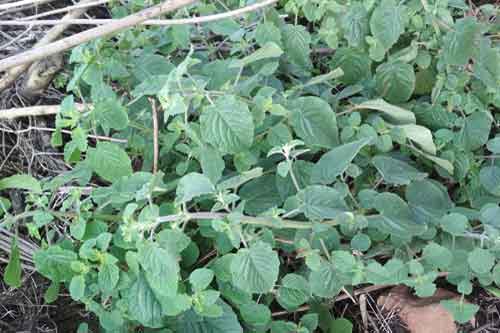
Kannada Name: Kaad tulusi
English Name: Mayura or Apamarga
Scientific Name: Achyranthes aspera

Kannada Name: Amruth balli
English Name: Heart leaf moon seed
Scientific Name: Tinospora cardifolia
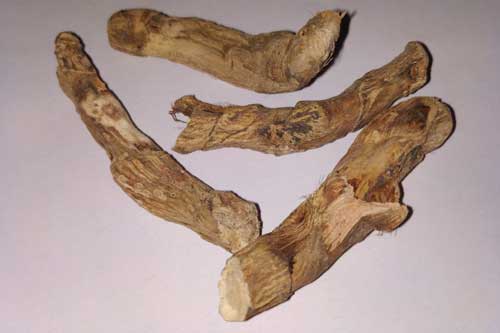
Kannada Name: Baji beru
English Name: Sweet flag
Scientific Name: Acorus calamus
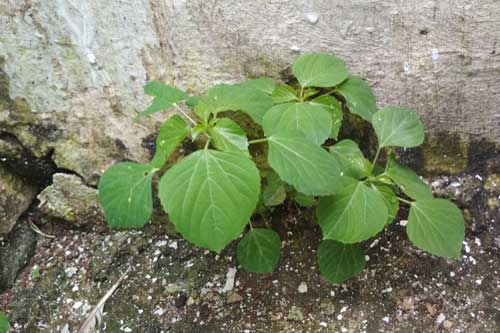
Kannada Name: Kuppi tapla
English Name: Indian acalypha or Indain mercury or Indian copper leaf
Scientific Name: Acalypha indica

Kannada Name: Mangrulli
English Name: Asthisamharaka or Hadjod or Veldt Grape or Devils backbone
Scientific Name: Cissus quadrangularis
|
The content of the articles are accurate and true to the best of the author’s knowledge. It is not meant to substitute for diagnosis, prognosis, treatment, prescription, or formal and individualized advice from a veterinary medical professional. Animals exhibiting signs and symptoms of distress should be seen by a veterinarian immediately. |


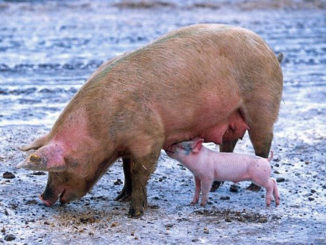
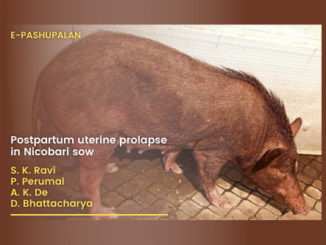
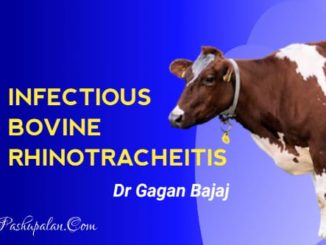

Good job😊👍